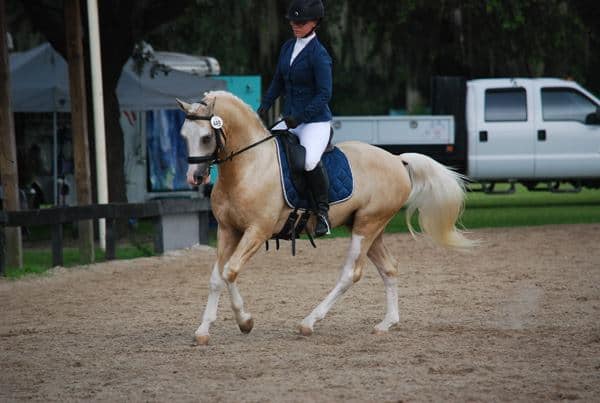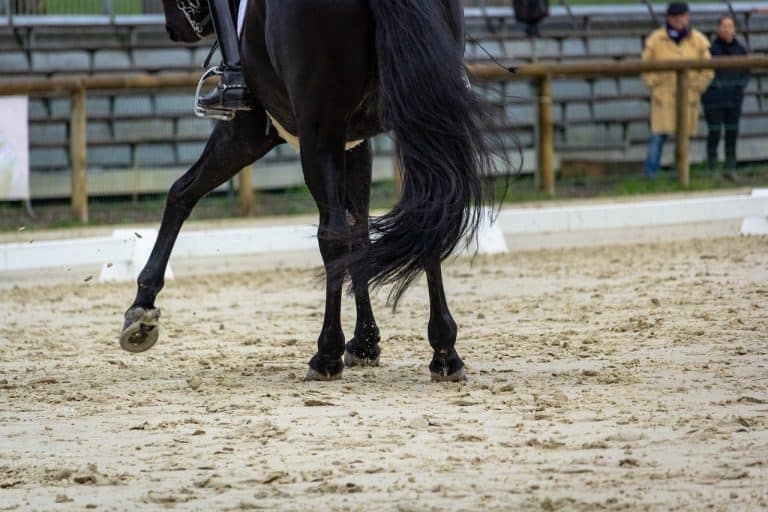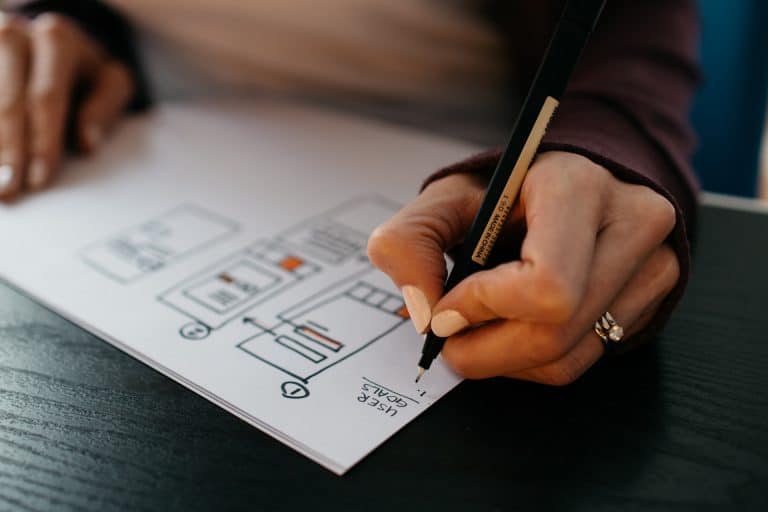Mastering the Leg Position
Horseback riding is a graceful and elegant sport that demands a harmonious relationship between rider and horse. A crucial component of this partnership is the rider’s leg position. The lower leg, in particular, plays a pivotal role in maintaining balance, stability, and effective communication with the horse.
A fundamental principle in horseback riding is to establish a straight line from the hip to the heel. This straight line is fundamental for all disciplains. The alignment of the lower leg ensures proper weight distribution and prevents the rider from leaning forward or backward, which can disrupt the balance of both horse and rider. I use a balance position to help riders stregthen their leg and secure them on the horse. A balanced position is where the rider balances in the stirrups without gripping or pinching their knees. This is a valuable exercise to strengthen the lower leg and helps stablisze the riders upper body.
Finding the “sweet spot” for the lower leg is essential. If the leg is positioned too far back, the rider risks falling forward onto the horses neck. Conversely, a leg that is too far forward makes it difficult for the rider to lift their seat out of the saddle. In a correct balance position the rider should be balanced in the stirrups with weight sinking into the heels. The knees and hips should be relaxed. Pinching of the knees take the weight out of the stirrups and unstablizies the riders upper body. The ideal position is typically within a three-inch range with the ball of the foot and stirrup iron at the girth.
Once the rider achieves the correct leg position, they can focus on allowing the knee, ankle, and hip to act as shock absorbers. These joints should naturally open and close in rhythm with the horse’s movement, enabling the rider to relax and move with the horse’s flow. This relaxed approach also frees the arms for steering, as a rigid upper body can hinder control.
The position of the shoulders is equally important. They should be at an angle that allows the rider to see clearly without straining the riders neck. If a riders bends at the hip to lower their sholders, thier weight will come out of the stirrups forcing them to lean on the horses neck. Many riders make the mistake of leaning forward onto the horse’s neck, which obstructs their view and compromises their ability to guide the horse effectively. A rider who can’t see where they are going is unable to piloit a horse around a course. Some instructors, have their student lean on the neck as they start to jump, but this position will only serve the rider over small fences. As the rider moves up they will have to relearn their position. It is always more difficult to unlearn something than to start from scratch.
The arms also have a sweet spot. When my riders start learning their balanced position, I have them rest their hands on the horse’s neck. The riders hand should not be weight bareing. And the thumbs should be where the rider can see them without silting thier head down. If the riders hands are too far forward, the rider may struggle to maintain weight in the stirrups. If their hands are too close to the body, the rider may tilt forward at the shoulders thus rounding the riders back. The goal is to find a position that allows for balance and control while maintaining weight and balance in the stirrups.
It is advisable to master the balance position at a walk and trot before attempting to canter. In my program students learn to balance at the trot and then we start over ground poles and cavaletti’s. Even when a rider wants to pursue dressage, a balance position is essential for a secure seat. And trotting over Cavaletti’s strengthens the leg before attempting the canter. Cantering in a balanced position builds confidence and allows the rider to relax and learn to move with the horse’s natural rhythm without bouncing. Excessive bouncing can lead to gripping, which stiffens the rider and increases the risk of falling. By starting the canter in a blanced position the rider is more relaxed and more secure.
In conclusion, a well-positioned lower leg is essential for effective horseback riding. By maintaining a straight line from hip to heel, practicing the balance position, and allowing the joints to act as shock absorbers, riders can improve their balance, stability, and communication with their horses. Additionally, a correct shoulder and arm position ensures clear vision and effective control. By mastering these techniques, riders can enjoy a more harmonious and enjoyable riding experience.


